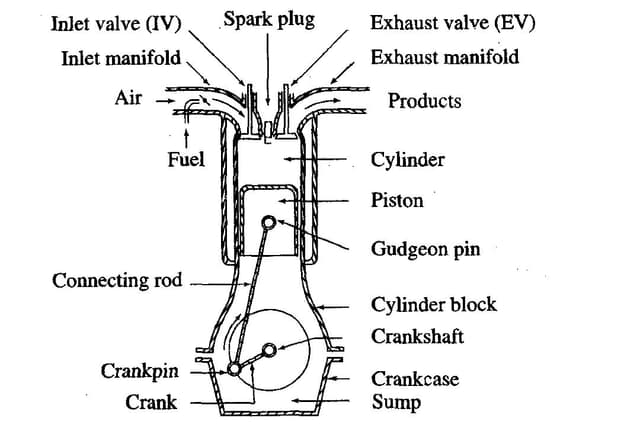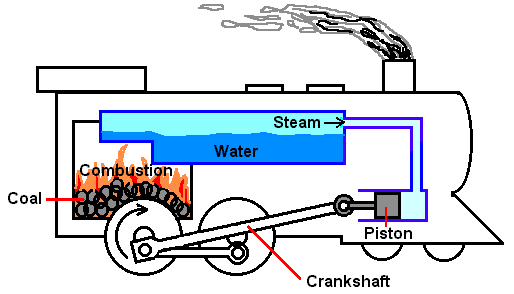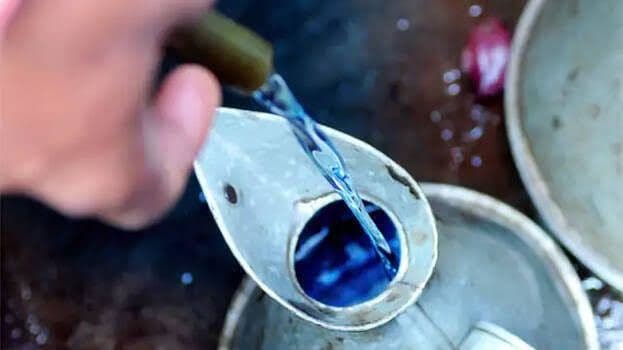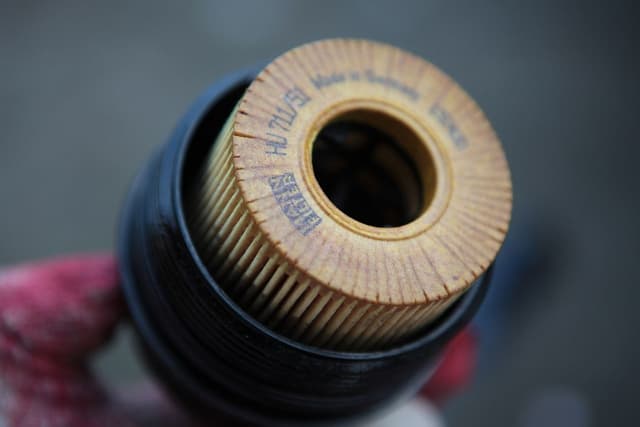Brake fluid
Brake fluid

Bablu Yadav
Posted in Automobile Engineering
.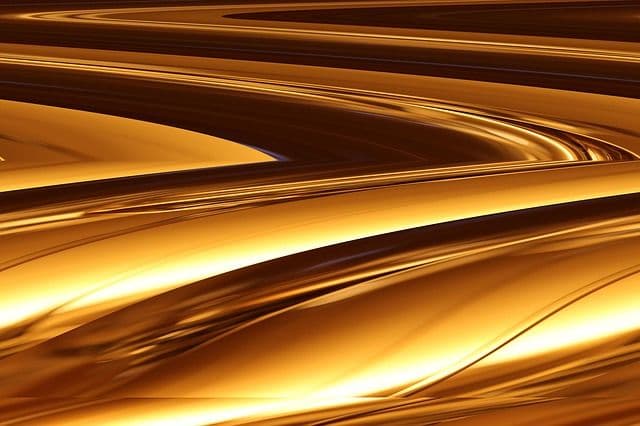
Brake fluid is a non-compressible medium that transfers pressure from the brake pedal to the wheel brakes. Brake fluid is often based on synthetic poly-glycol-ether but it can also be silicone-based, even if this is not so usual. The most important characteristics of a brake fluid are the dry and wet boiling points (wet boiling point after absorption of water) and viscosity at-40°C. In addition, the fluid must be able to withstand oxidation and be thermally stable, since large amounts of heat are generated in the braking process and a certain amount is taken up by the brake fluid. The boiling point must be sufficiently high to ensure that vaporisation is avoided, this can otherwise cause brake failure due to vapour locks. In extreme cases, the brake fluid temperature can exceed 150°C.
Other important characteristics for brake fluid are corrosion inhibiting, lubrication and compatibility with elastomers.
Brake fluid is normally classified according to SAE(Society of Automotive Engineers ), DOT(Department of Transportation) and ISO standards, according to dry and wet boiling points as well as viscosity at -40°C. SAE J 1703 is a mixture of DOT 3 and DOT 4 while ISO 4925 is identical with DOT 3. The DOT system is regulated by the FMVSS 116 standard.
DOT 3 and DOT 4 (designations DOT 3+ and DOT 4+ also occur) are almost all based on poly-glycol-ethers, while brake fluid designated DOT 5 is normally based on silicone oil. There are, however polyglykolether- based brake fluids that fulfil the requirements for DOT 5. Polyglykolether-based brake fluids should not be mixed with silicone-based fluids, and to avoid problems, DOT 3 or DOT4 classed brake fluid should not be mixed with DOT 5 classed fluids. DOT 3 and DOT 4 (or DOT 3+ and DOT 4+) can, however, be mixed with each other.
DOT 4 is often recommended for Volvo vehicles, but even brake fluid corresponding to SAE J 1703 or DOT 3 can sometimes be used. DOT 5 must on the other hand, not be used.

